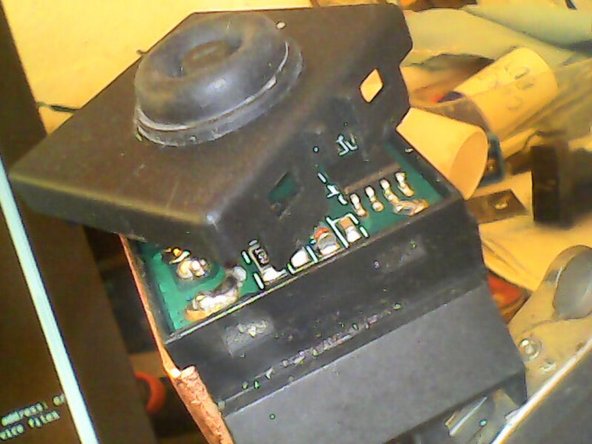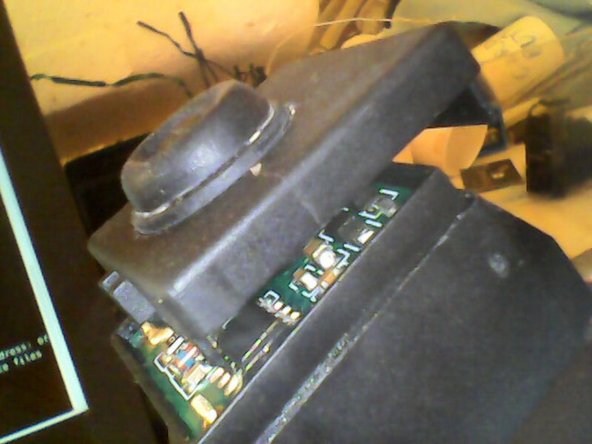crwdns2935425:07crwdne2935425:0






-
The switch with the push button that engages with the black rod is shown here. One of the brush connections can also be seen in the background in this picture.
-
The heatsink is clear. I unscrewed the copper plate and found some white heatsink compound below against what may have been an aluminium plate
-
I had not encountered a heatsink built into a switch before, so I tried to take the switch apart. I could remove the top cover, but the flexible dome resisted all attempts to remove it, but it is possible to see a circuit board inside. The fuzzy pictures through the crack were taken with a boroscope.
-
The switch seemed to be open circuit on the neutral side, so I looked for replacements. This was before I realised that it was an active circuit. The only candidates that I found seemed to be ordinary passive components..
crwdns2944171:0crwdnd2944171:0crwdnd2944171:0crwdnd2944171:0crwdne2944171:0